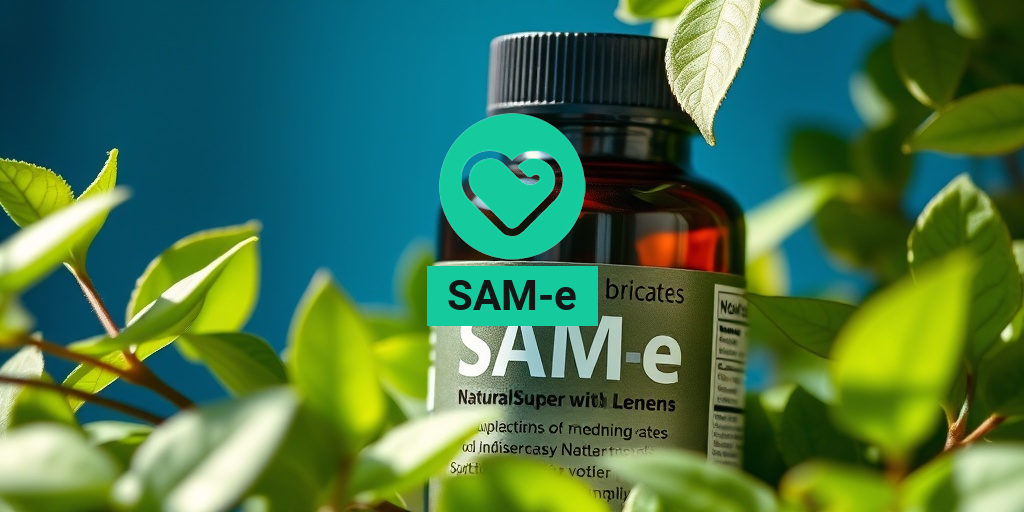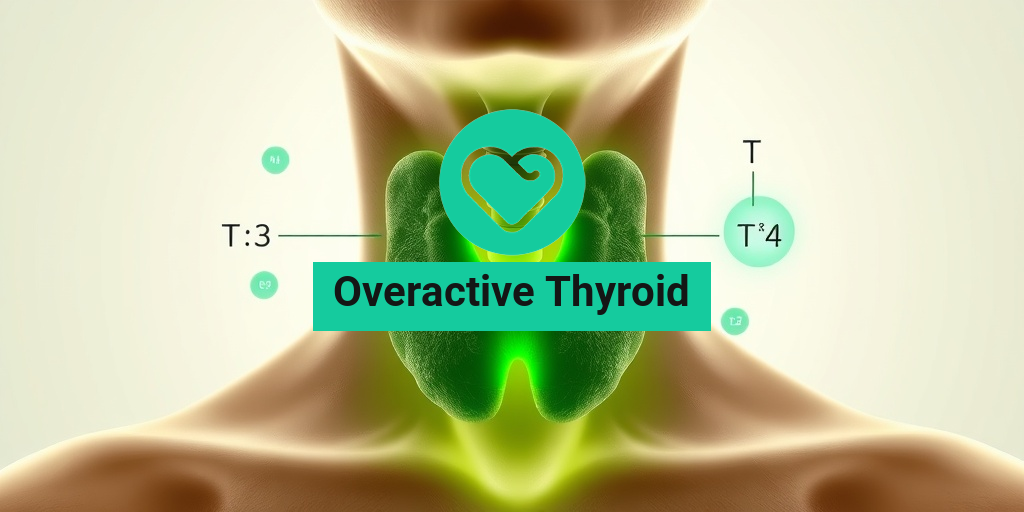What Is Guenther Porphyria?
Guenther porphyria is a rare and inherited disorder that affects the production of heme, a vital molecule in the body. It is a type of porphyria, a group of disorders characterized by abnormalities in the production of heme, which is essential for the functioning of various enzymes and proteins in the body.
Causes and Inheritance
Guenther porphyria is caused by a deficiency of the enzyme uroporphyrinogen III synthase, which is necessary for the production of heme. This deficiency leads to the accumulation of toxic intermediates in the heme biosynthetic pathway, causing a range of symptoms and complications. The disorder is inherited in an autosomal recessive pattern, meaning that a person must inherit two copies of the mutated gene (one from each parent) to develop the condition.
Prevalence and Diagnosis
Guenther porphyria is an extremely rare disorder, with only a few reported cases worldwide. Diagnosis is often challenging due to the rarity of the condition and the lack of awareness among healthcare professionals. A diagnosis of Guenther porphyria is typically made through a combination of clinical evaluation, laboratory tests, and genetic analysis.
If you or a loved one is experiencing symptoms that may be related to Guenther porphyria, it’s essential to consult with a healthcare professional who has experience in diagnosing and managing rare genetic disorders. You can also seek guidance from reputable online resources, such as Yesil Health AI, which provides evidence-based health answers and personalized guidance.
Guenther Porphyria Symptoms
The symptoms of Guenther porphyria can vary in severity and may appear at any age, from infancy to adulthood. Some common symptoms include:
Cutaneous Symptoms
Sensitivity to sunlight is a hallmark symptom of Guenther porphyria, leading to severe blistering and scarring of the skin. Other cutaneous symptoms may include:
- Increased hair growth
- Darkening of the skin
- Blisters and skin lesions
Neurological Symptoms
In addition to cutaneous symptoms, Guenther porphyria can also cause:
- Seizures
- Muscle weakness
- Abnormal nerve function
Other Symptoms
Other symptoms of Guenther porphyria may include:
- Anemia
- Abdominal pain
- Vomiting
- Constipation
It’s essential to remember that each person with Guenther porphyria may experience a unique combination of symptoms, and the severity of the condition can vary widely. If you suspect that you or a loved one may have Guenther porphyria, consult with a healthcare professional for personalized guidance and support. 💊

Guenther Porphyria Causes and Risk Factors
Guenther porphyria, also known as congenital erythropoietic porphyria (CEP), is a rare and severe genetic disorder that affects the production of heme, a vital molecule in the body. While the exact causes of Guenther porphyria are still not fully understood, research has identified several risk factors that contribute to the development of this condition.
Genetic Mutations
The primary cause of Guenther porphyria is a mutation in the UROS gene, which codes for the enzyme uroporphyrinogen III synthase. This enzyme plays a crucial role in the production of heme, and mutations in the UROS gene lead to a deficiency of this enzyme. As a result, the body is unable to produce heme properly, leading to the accumulation of toxic intermediates that cause the symptoms of Guenther porphyria.
Inheritance Patterns
Guenther porphyria is an autosomal recessive disorder, meaning that a person must inherit two copies of the mutated UROS gene (one from each parent) to develop the condition. If an individual inherits only one copy of the mutated gene, they will be a carrier of the condition but will not exhibit symptoms themselves. However, they can pass the mutated gene to their offspring, who may develop Guenther porphyria if they inherit another copy of the mutated gene.
Other Risk Factors
In addition to genetic mutations, certain environmental and lifestyle factors may contribute to the development of Guenther porphyria or exacerbate its symptoms. These include:
- Exposure to toxins: Certain chemicals, such as heavy metals and pesticides, can interfere with heme production and worsen Guenther porphyria symptoms.
- Dietary factors: A diet low in essential nutrients, such as iron and vitamin D, may worsen Guenther porphyria symptoms.
- Stress and anxiety: High levels of stress and anxiety can trigger or worsen Guenther porphyria symptoms.
While these risk factors may contribute to the development or severity of Guenther porphyria, it is essential to remember that the primary cause of the condition is the genetic mutation in the UROS gene.
Guenther Porphyria Diagnosis
Diagnosing Guenther porphyria can be challenging due to its rarity and the variability of its symptoms. However, a combination of clinical evaluation, laboratory tests, and genetic analysis can help healthcare professionals diagnose the condition accurately.
Clinical Evaluation
A healthcare professional will typically begin by conducting a thorough physical examination and taking a detailed medical history. They may look for signs of Guenther porphyria, such as:
- Skin lesions: Blistering, scarring, and increased sensitivity to sunlight.
- Anemia: Pale skin, fatigue, and shortness of breath.
- Neurological symptoms: Seizures, muscle weakness, and developmental delays.
Laboratory Tests
Laboratory tests can help confirm the diagnosis of Guenther porphyria. These may include:
- Urine tests: Elevated levels of porphyrins and other heme precursors in the urine.
- Blood tests: Low levels of hemoglobin and heme in the blood.
- Enzyme assays: Measurement of uroporphyrinogen III synthase enzyme activity.
Genetic Analysis
Genetic testing can help identify the specific mutation in the UROS gene responsible for Guenther porphyria. This may involve:
- Gene sequencing: Analysis of the UROS gene to identify mutations.
- Genetic counseling: Counseling for families with a history of Guenther porphyria to understand the risks of inheritance.
A comprehensive diagnosis of Guenther porphyria requires a multidisciplinary approach, involving healthcare professionals from various specialties, including dermatology, hematology, and genetics. 💊

Guenther Porphyria Treatment
Guenther porphyria is a rare genetic disorder that affects the production of heme, a vital molecule in the body. While there is no cure for Guenther porphyria, various treatment options are available to manage its symptoms and improve the quality of life for affected individuals. In this section, we’ll delve into the different treatment approaches for Guenther porphyria.
Medications
Several medications can help alleviate the symptoms of Guenther porphyria. These include:
- Heme arginate: This medication helps increase the production of heme in the body, reducing the severity of symptoms.
- Pain management medications: Medications like morphine and codeine can help manage pain associated with Guenther porphyria.
- Anticonvulsants: Medications like phenobarbital and clonazepam can help control seizures, which are a common symptom of Guenther porphyria.
Phototherapy
Phototherapy involves exposing the skin to specific wavelengths of light to reduce the production of toxic porphyrins. This treatment approach can help alleviate skin symptoms like blistering and scarring.
Liver Transplantation
In severe cases of Guenther porphyria, liver transplantation may be necessary. The liver is responsible for producing heme, so replacing it with a healthy liver can help restore normal heme production.
Guenther Porphyria Home Care
While medical treatment is essential for managing Guenther porphyria, home care plays a vital role in alleviating symptoms and improving the quality of life for affected individuals. Here are some home care tips for Guenther porphyria:
Avoiding Triggers
Identifying and avoiding triggers that can exacerbate Guenther porphyria symptoms is crucial. These triggers may include:
- Certain medications: Certain medications, such as barbiturates and sulfonamides, can trigger symptoms.
- Alcohol: Consuming alcohol can worsen symptoms.
- Stress: Stress can trigger symptoms, so it’s essential to manage stress through relaxation techniques like meditation and yoga.
Skin Protection
Protecting the skin from the sun and other environmental factors is essential for managing Guenther porphyria symptoms. This can be achieved by:
- Wearing protective clothing: Wearing long-sleeved shirts, pants, and hats can help protect the skin from the sun.
- Using sunscreen: Applying a broad-spectrum sunscreen with a high SPF can help protect the skin from UV rays.
- Avoiding harsh chemicals: Avoiding harsh chemicals and soaps can help reduce skin irritation.
Dietary Changes
Making dietary changes can help alleviate Guenther porphyria symptoms. These changes may include:
- Increasing carbohydrate intake: Increasing carbohydrate intake can help reduce the production of toxic porphyrins.
- Avoiding foods that trigger symptoms: Identifying and avoiding foods that trigger symptoms can help alleviate them.
By combining medical treatment with home care, individuals with Guenther porphyria can better manage their symptoms and improve their quality of life. 💊🏥

Guenther Porphyria Outlook
Guenther porphyria, a rare and debilitating genetic disorder, affects approximately 1 in 200,000 people worldwide. While there is no cure for this condition, understanding the outlook and prognosis can help individuals and families better navigate the challenges that come with it.
Life Expectancy
Historically, Guenther porphyria was considered a severe and life-threatening condition, with many patients not surviving beyond childhood. However, with advancements in medical care and treatment, the life expectancy of individuals with Guenther porphyria has significantly improved. With proper management and care, many people with Guenther porphyria can now live into adulthood and even old age.
Symptoms and Complications
Guenther porphyria is characterized by a range of symptoms, including:
- Sensitivity to sunlight, leading to blistering and scarring
- Painful skin lesions and blisters
- Abdominal pain and vomiting
- Seizures and neurological problems
- Anemia and other blood-related disorders
If left untreated or poorly managed, Guenther porphyria can lead to severe complications, such as:
- Scarring and disfigurement
- Increased risk of skin cancer
- Neurological damage and cognitive impairment
- Respiratory and cardiovascular problems
Treatment and Management
While there is no cure for Guenther porphyria, various treatments and management strategies can help alleviate symptoms and improve quality of life. These include:
- Avoiding triggers, such as sunlight and certain medications
- Taking medications to manage symptoms and prevent complications
- Receiving regular blood transfusions to manage anemia
- Participating in physical therapy and rehabilitation programs
By working closely with healthcare professionals and adopting a proactive approach to management, individuals with Guenther porphyria can lead more comfortable and fulfilling lives. 💊
Guenther Porphyria vs Other Porphyrias
Porphyrins are a group of rare genetic disorders characterized by abnormalities in the production of heme, a vital molecule in the body. While Guenther porphyria is one of the most severe forms of porphyria, it’s essential to understand how it differs from other types of porphyrias.
Acute Porphyrias
Acute porphyrias, such as acute intermittent porphyria (AIP) and variegate porphyria (VP), are characterized by recurring attacks of severe symptoms, including:
- Abdominal pain and vomiting
- Seizures and neurological problems
- Psychiatric symptoms, such as anxiety and depression
Unlike Guenther porphyria, acute porphyrias often have a later onset, typically in adulthood, and may be triggered by factors such as hormonal changes, certain medications, or infections. 💊
Cutaneous Porphyrias
Cutaneous porphyrias, such as porphyria cutanea tarda (PCT) and congenital erythropoietic porphyria (CEP), primarily affect the skin, causing:
- Sensitivity to sunlight
- Blisters and skin lesions
- Scarring and disfigurement
While Guenther porphyria also affects the skin, it is more severe and widespread, with a greater impact on overall health and quality of life. ☀️
Understanding the differences between Guenther porphyria and other porphyrias is crucial for accurate diagnosis, effective treatment, and optimal management. By recognizing the unique characteristics of each condition, individuals and healthcare professionals can work together to improve outcomes and enhance the lives of those affected. 💕

Frequently Asked Questions about Guenther Porphyria
What is Guenther Porphyria?
Guenther Porphyria is a rare genetic disorder that affects the production of heme, a vital molecule in the body. It is characterized by the accumulation of toxic intermediates in the heme biosynthetic pathway, leading to a range of symptoms and complications.
What are the symptoms of Guenther Porphyria?
The symptoms of Guenther Porphyria can vary in severity and may include:
- Sensitivity to sunlight, leading to blistering and scarring
- Painful skin lesions and blisters
- Abdominal pain and nausea
- Fatigue and weakness
- Neurological symptoms, such as seizures and muscle weakness
How is Guenther Porphyria diagnosed?
Guenther Porphyria is typically diagnosed through a combination of:
- Clinical evaluation and medical history
- Lab tests, including urine and blood tests to measure porphyrin levels
- Genetic testing to identify the specific mutation causing the condition
Is Guenther Porphyria inherited?
Yes, Guenther Porphyria is an autosomal recessive disorder, meaning that a person must inherit two copies of the mutated gene (one from each parent) to develop the condition.
Is there a cure for Guenther Porphyria?
Currently, there is no cure for Guenther Porphyria. However, treatment options are available to manage symptoms and prevent complications. These may include:
- Avoiding triggers, such as sunlight and certain medications
- Taking medications to manage symptoms, such as pain and nausea
- Receiving blood transfusions to reduce porphyrin levels
How can I manage my Guenther Porphyria?
To manage your Guenther Porphyria, it’s essential to:
- Work closely with your healthcare provider to develop a personalized treatment plan
- Avoid triggers and take precautions to prevent symptoms
- Stay hydrated and maintain a healthy diet
- Get regular check-ups and lab tests to monitor your condition
Is Guenther Porphyria a rare condition?
Yes, Guenther Porphyria is a rare condition, affecting approximately 1 in 200,000 people worldwide. However, with proper diagnosis and management, it is possible to lead a fulfilling life with this condition.
Where can I find more information about Guenther Porphyria?
For more information about Guenther Porphyria, you can consult with your healthcare provider or visit reputable online resources, such as the American Porphyria Foundation or the National Institutes of Health.




